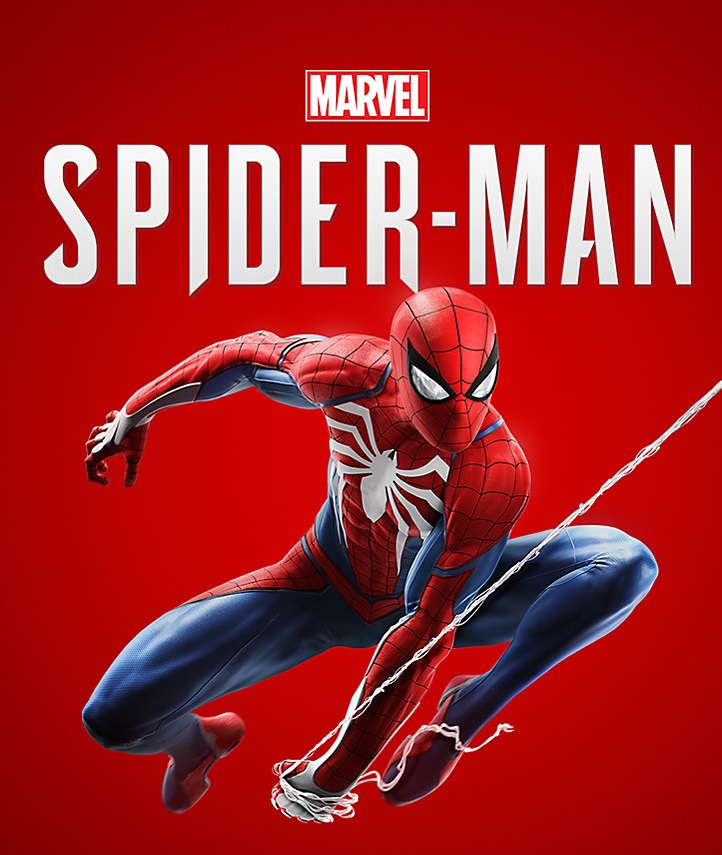Marvel’s new Spider-Man video game “enthralls” players
September 27, 2018
Four years after the last standalone Spider-Man game, Insomniac Games released Marvel’s Spider-Man on September 7th. With this installment, Insomniac Games improves upon and surpasses the failures that other ventures into this story have run into. From making a well-known story interesting to perfecting the web-slinging wonder the superhero is supposed to possess, Marvel’s Spider-Man blew passed my expectations.
The game stars Peter Parker, voiced by Yuri Lowenthal, as Spider-Man. Lowenthal, having voiced Spider-Man in other adaptations, is able to capture the geeky, almost immature nature of Parker and his personality both in and out of his suit. The voice acting within the entire game was one of the standout features that contributed to my positive feelings toward the game. The voice acting cast sells the story in a way that makes the player feel more connected. There have been countless times where I have been unaffected by a game´s tense or tragic moments (or worse, laughed through them) due to the lack of believability, but this game avoids that. With the exception of extras and minor villains, the voice acting is solid all the way through.
The writing of the story, however, is something I have mixed feelings about. In regards to the main story, it injects well-written characters into a worn-out narrative. Ultimately, familiarity is something one can expect in regards to any piece of superhero media, given the popularity of the genre, but it led to major plot points becoming predictable due to the immediate recognition of the villains. Even if the player didn’t recognize the villains by name or appearance, the writing hints to their alignment heavily. However, the campaign portion of the game is well done aside from the parts where Spider-Man is actually working as a superhero. The more domestic, Peter Parker aspects of the game are charming and human, with dialogue that makes the characters seem human. Along with jokes that usually land, these lesser parts of the story detract from the mundane nature of the superhero portion.
Outside of the main story, the game features a well-done open world filled to the brim with side missions and collectibles to find. This is a part of the game that I enjoyed the most. I’m not necessarily a “completionist” when it comes to video games, but the abundance of interesting things to find distracted me from gunning through the main story many, many times. I think what made the collectibles fun and not horribly redundant was the variety between them. For example, each backpack collected from hard-to-reach places in the world came with a viewable object accompanied by a short dialogue about its significance. Also, the prospect of getting a new suit by completing a collection would give more unwilling players more motivation to go out of their way.
Some of the side pieces of game play were less than enjoyable. The two things which became either annoying or nearly enraging to go through were bases (hubs where you had to fight waves of villains while completing certain combat goals) and challenges (came in four types: bomb, drone, stealth, combat). The former did not become redundant until the final arc of the game. There were four kinds of bases in the whole game, connected to each villain Spider-Man faced across the story. At first, bases were few in number and helped me polish my combat skills, but the final arc drops two sets of bases at the same time. I felt that this distracted from what was supposed to be a high-tension part of the story that encouraged the player to complete these smaller tasks instead of, say, save New York. The latter, however, I never enjoyed. Challenges consisted of Spider-Man having to perform certain tasks under a short time limit (either one minute and thirty seconds or three minutes depending on the type of challenge). During the period of time in which I actually tried to complete these with the highest point value, I found out that completing them and getting the gold medal was nearly impossible. For example, I had only managed to attain a gold medal on one challenge, and it had taken over ten tries and consumed over 30 minutes in total. Personally, this aspect of the game began to seem like an overly frustrating waste of time. These two aspects were the only things keeping me from 100% clearing the game, and I likely won’t be returning to it to follow through with the task.
In regards to the more technical aspects of the game, I was overall pleased. The mechanics are fluid and easy to learn, presented in tutorials that are simple to understand. The game gives the player plenty of time to test out the controls, presenting many opportunities for combat and making web-slinging the only mode of transportation available until fast-travel unlocks in the middle of the campaign. These situations force the player to be overly comfortable with the controls before major progression in the campaign is made. Due to these abundant opportunities, I ended up at the maximum level before I was even close to the end of the campaign.
The game polishes itself off with impressive graphics. It takes place in a near spitting image of Manhattan (of course, with exceptions–the Avengers Building isn’t a feature of the real city). Insomniac Games spared no detail in the creation of the world. From being able to look inside buildings from windows, being able to interact with various people walking on the street, and being able to read newspapers, to the smaller details, like graffiti and pride flags on buildings and special dialogue when you swing by pedestrians, the world inside the game feels real, helping both immersion and enjoyment of the game immensely.
Overall, I enjoyed the game very much, and would heavily recommend it to anyone on the fence about buying it. Even with its shortcomings, Marvel’s Spider-Man creates an enthralling, fun experience for those who play it. I left my playing experience extremely satisfied, and eagerly waiting for the next installment.




